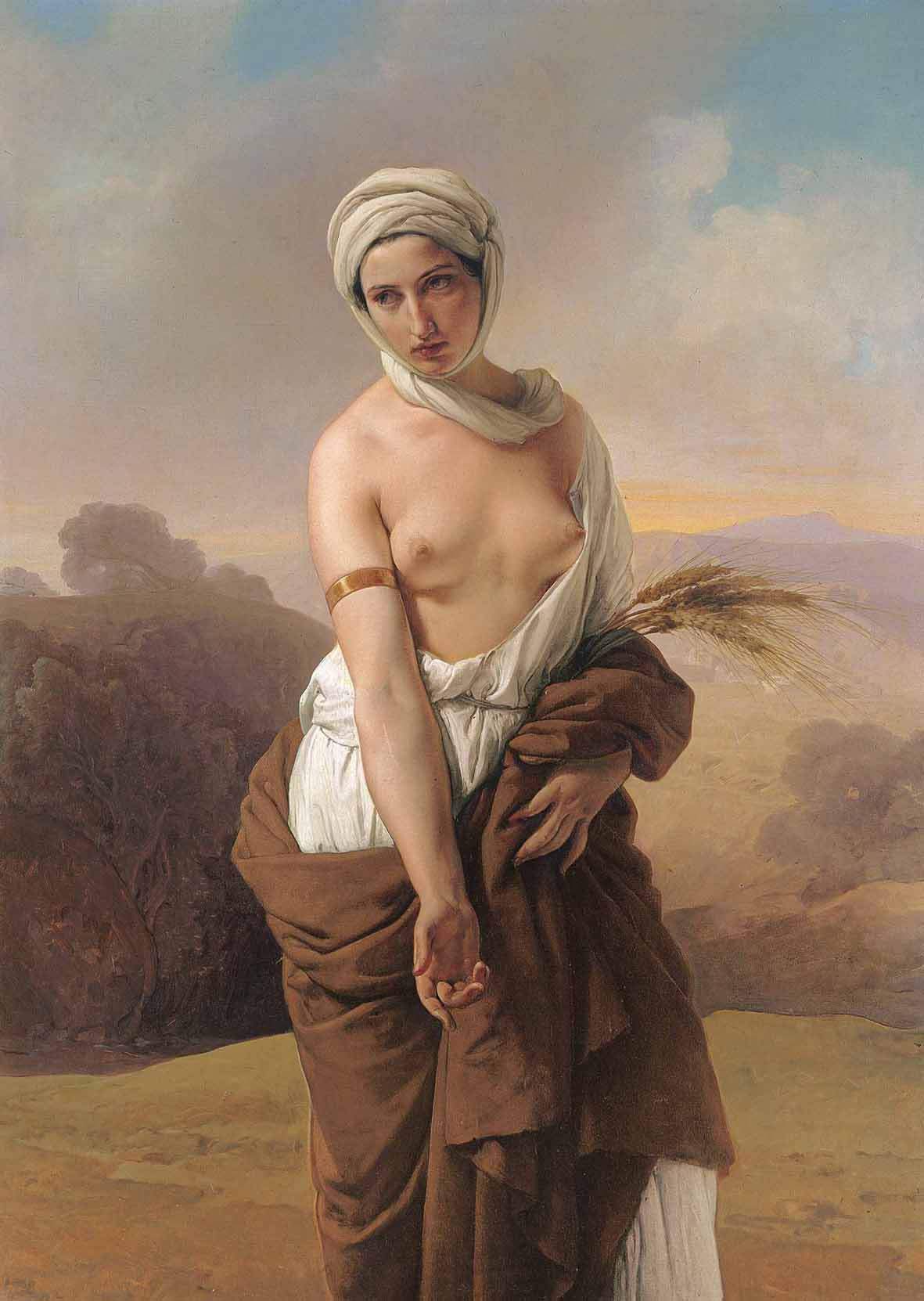In Forlì a major exhibition on the Italian Ottocento from Hayez to Segantini.
The San Domenico Museums in Forli are hosting, from February 9 to June 16, 2019, a major exhibition entitled Ottocento. The Art of Italy between Hayez and Segantini, curated by Fernando Mazzocca and Francesco Leone. The exhibition presents, in their most important production, painters such as Hayez, Induno, Molmenti, Pagliano, Faruffini, Cremona, Barabino, Bertini, Malatesta, Mussini, Maccari, Muzioli, Gamba, Gastaldi, Fontanesi, Grosso, Morelli, Costa, Fattori, Ussi, Signorini, Ciseri, Corcos, Michetti, Lojacono, Delleani, Mancini, Favretto, Michetti, Nono, Previati, Carcano, Longoni, Morbelli, Nomellini, Tito, Sartorio, Coleman, Cellini, Bargellini, De Carolis, De Nittis, Pellizza da Volpedo, Segantini, Boccioni, Balla; and sculptors such as Vela, Cecioni, Monteverde, Rosa, Tabacchi, Grandi, Gemito, Rutelli, Ximenes, Trentacoste, Canonica, Bistolfi.
“An exhibition,” points out the coordinator, Gianfranco Brunelli, “that wants to put a firm point on the Italian Ottocento, after the hundreds of retrospectives that have investigated this or that author, this or that aspect, declination or facet of that important century.” More punctually, the curatorial choice of Fernando Mazzocca and Francesco Leone wanted to focus on the fateful sixty years between the Unification of Italy and the outbreak of the Great War. “We move,” the curators emphasize, "from the last phase of Romanticism and Purism to Realism, from historicist Eclecticism to Symbolism, from Neo-Renaissance to Divisionism by presenting the masterpieces, many of which have yet to be rediscovered, of the protagonists of those tormented decades. Through an immersive journey through time and space, we are met with masterpieces of painting and sculpture that mark brand new cultural and social aspects with popular impact and universal significance. The variety of languages with which they were represented allow us to retrace the stylistic experimentation that characterized the course of Italian art in the second half of the 19th century and on the threshold of the new century, in an engaging dialectic between tradition and modernity. The two fires, initial and final, Hayez and Segantini, certainly draw a symbolic boundary. But that boundary tells at once all the recovery of classicism and all the renewal of a century. At the beginning and end of the century, both are painters of the renewal of Italian art. If Hayez is consecrated by Mazzini as painter of the nation, Segantini will have from D’Annunzio, in his Ode in morte del pittore, similar, high recognition."
Fundamental works, often very prestigious loans, have been chosen for the exhibition, alongside almost unseen works that the show reveals to its public for the first time. Moreover, the exhibition will not be limited to painting but will immerse the public in a comparison of architecture, painting, sculpture, illustration and decorative arts. The intent is to retrace the events of Italian art in the half-century preceding the Futurism revolution, so as to understand how art was not only a formidable celebratory and media tool for creating consensus, but also a means of disseminating ideas.
“Art,” says Roberto Pinza, president of the Fondazione Cassa dei Risparmi di Forlì promotes the exhibition, “was also a formidable laboratory for making known and rediscovering the naturalistic wonders of the ’bel paese’ and the artistic wonders of the cities that the demands of modernity were irrevocably transforming, as was the case with Florence and Rome when they were elevated to the rank of capitals; to present the variety and charm of the customs and traditions of different local identities; to convey the excellence of artistic techniques from sculpture to goldsmithing to amazing craftsmanship, which were still in demand all over the world, as had been the case in the Renaissance, in the days of Giambologna and Benvenuto Cellini.”
Pictured: Francesco Hayez, Ruth (1835; oil on canvas, 139 x 101 cm; Bologna, Collezioni Comunali d’Arte)
 |
| In Forlì a major exhibition on the Italian Ottocento from Hayez to Segantini. |
Warning: the translation into English of the original Italian article was created using automatic tools. We undertake to review all articles, but we do not guarantee the total absence of inaccuracies in the translation due to the program. You can find the original by clicking on the ITA button. If you find any mistake,please contact us.




























